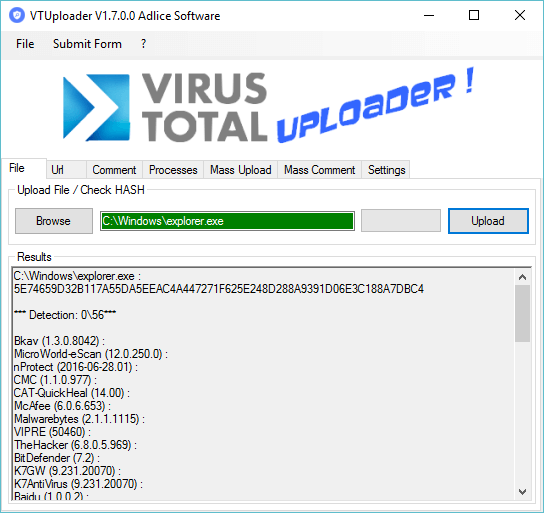

Support functions is a suit of different functions witch helps you with your projects. Slideshow allows you to make simpliest slideshow in precompose. Switcher puts all selected layers to precompose, crop precompose to biggest layer in it and turns on Time Remap.Īlpha Matte clones very top selected layer as Alpha Matte to all others.

Piner put your image in dependence of selected path vertices Placeholder allows you to use shape layers or picture layers as placeholders to any stack of footages. Revolver take rotation of the objects and links to the main objectĪllows you to optimize, probably, your every day’s routine. Offset animates all parameters on the same value, but with time delay. Interactor put your animation in dependence of positions between last selected layer and others.Īnimarker allows you to put your animation in dependence of markers. Interactions is very helpful to make interdependent animations.ĭependence is a wonderful tool which allows you to put any animation in dependence of any other property. Stack is a huge option, which allows you to make linear stacks in 2D or 3D space. Parallax 3D makes true 3D distribution between Near and Far Distances, which you can type manually.Įxtruder main feature is that you can make extrude from placeholders. Parallax 2D will make fake parallax effect with 2D layers, if you don’t want to go to 3D. The main purpose of this group of tools is to allow you make parallax animation as easier, as possible. Use it for any kind of projects, character animation, video editing, templates, UI/UX animation Play with 4 groups including parallaxer, interactor, placeholder and support. As an example, if a function does both some calculations and plotting, it can often be better to split it up into two functions, each with a clearly defined scope.Swiss Knife it is one tool and unlimited possibilities Generally, it’s good to keep functions small (and doing a single thing), for easier testing and increased modularity.Instead provide them as arguments to your function. As far as possible, avoid hardcoding options (e.g., point sizes in plots, or other things that someone might want to change).

It’s also considered good practice to refer to these external functions with package::function in the code, to avoid name clashes. Then document the package (e.g. using devtools::document()) to regenerate the NAMESPACE file.

If your function uses functions defined in other packages, import the latter by adding package function in the Roxygen preamble.When you push your edits to github, travis will automatically run pkgdown::build_site() and deploy it to. When adding code, bump the version number of the package in the DESCRIPTION file, add an entry in the NEWS.md file and to the _pkgdown.yml file ( reference section).If possible, add one or more unit tests to check that the function(s) work as intended (using testthat).
#Swissknife license key how to
Some useful tags: If possible, add an example in the Roxygen preamble to show how to run each function.


 0 kommentar(er)
0 kommentar(er)
